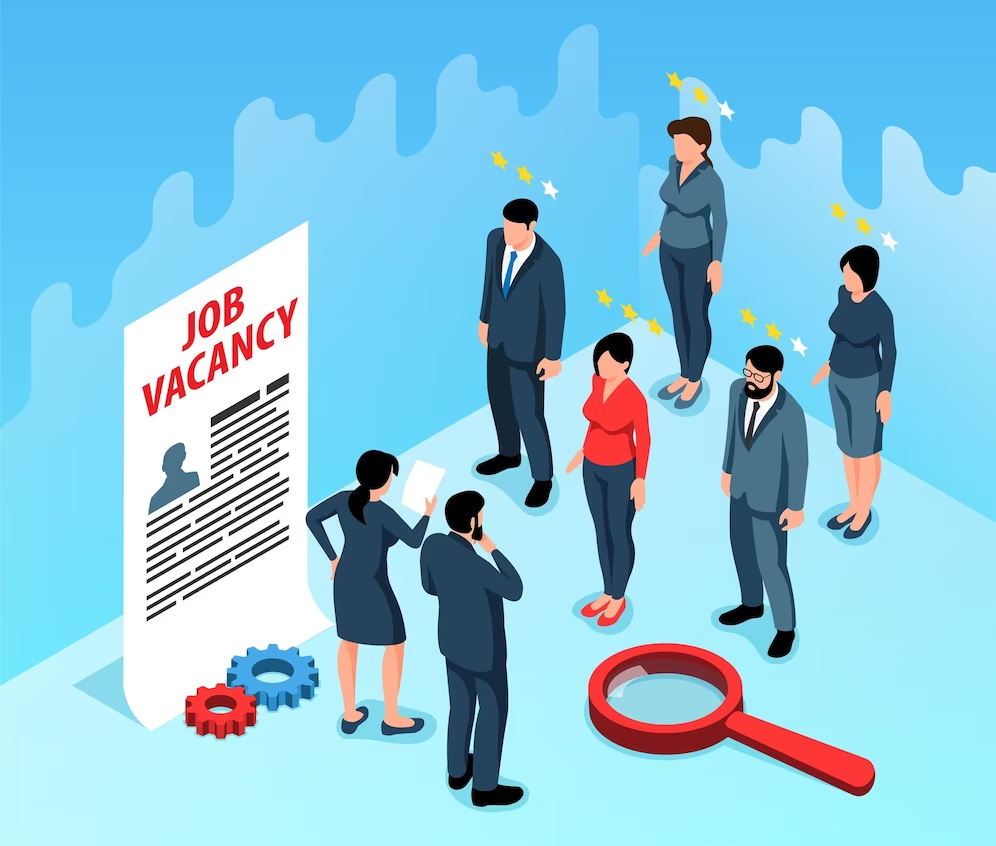Biases in Hiring: Unearthing Subconscious Discrimination in Interviews
When eager job seekers set forth on the arduous journey of finding the perfect job, they rightfully hope for an unbiased hiring process. Alas, often, the reality can be starkly different. Yet, if you aim to land a job where fairness trumps prejudice, upal.com.my might be your golden ticket.
Now more than ever, the conversation about biases in hiring has gained momentum. While some companies attempt to maintain a veneer of fairness, underneath the surface, subconscious discriminations still persist. Recent studies have shown that gender, age, race, and even the university one attends can inadvertently influence an interviewer’s perception. Furthermore, this prejudice isn’t just detrimental to the applicants. Indeed, companies also lose out on a diverse talent pool, limiting creativity and problem-solving capabilities.
Types of Biases
Bias in hiring comes in many shapes and forms. These are often deeply ingrained in our psyche, sometimes due to cultural or societal pressures. For example:
- Affinity Bias: This happens when interviewers lean towards candidates who share similarities. For example, be it hobbies, educational background, or even something as arbitrary as having the same hometown.
- Confirmation Bias: Here, interviewers look for information that confirms their pre-existing beliefs about a candidate. However, discounting data contradicts these notions.
- Beauty Bias: This bias tends to favour candidates deemed more physically attractive, assuming they’re more competent or skilled.
- Ageism: Younger candidates may be perceived as inexperienced or not serious. On the other hand, older candidates might be seen as out of touch or slow.
Recognizing these biases is only the beginning. It’s essential to actively counteract them to foster a more equitable hiring process.
How to Avoid Biases in Hiring
Avoiding biases in hiring is crucial for companies to build diverse, inclusive, and high-performing teams. It also ensures that the best candidate for the job is selected based on merit rather than irrelevant factors. Here are several strategies companies can employ to avoid biases in hiring:
- Structured Interviews: Using the same set of questions for every candidate ensures consistency. As a result, reduces the chances of irrelevant factors influencing hiring decisions.
- Blind Recruitment: By removing personal information that reveals gender, age, ethnicity, or other potential bias triggers from applications. Thus, this way helps employers can focus purely on qualifications and experience.
- Diverse Interview Panels: Including a variety of individuals with different backgrounds on the interview panel. Hence, it can minimize the chances of individual biases influencing hiring decisions.
- Implicit Bias Training: Training hiring managers and HR personnel to recognize and counteract their own biases can be an effective way to prevent them from influencing decisions.
- Data-Driven Decisions: Using technology and tools to assess candidates based on skills and experience can reduce human biases. For instance, skill assessment tools or algorithms can provide objective data points.
- Diverse Job Listings: Ensuring that job descriptions and advertisements are free from gendered language or specific cultural references can attract a broader range of applicants.
- Value-Based Hiring: Focusing on the core values and cultural fit of a candidate rather than specific schools, companies, or other potentially bias-inducing criteria can ensure more unbiased selections.
- Job Auditions: Instead of traditional interviews, have candidates perform a task or set of tasks that they would do on the job. This provides insight into their actual skills and fit for the role.
- Third-party Recruitment: Using external agencies can sometimes reduce biases as they might not have the same preconceptions about candidates that internal staff might.
- Feedback and Accountability: Ensure that hiring managers and interviewers are accountable for their decisions and can provide logical reasoning for why they chose or didn’t choose a candidate.
- Diversity Goals: While quotas can be controversial, setting clear diversity goals can motivate teams to consider a broader range of candidates.
- Regularly Review the Process: Continually assess and refine the recruitment process to identify areas where biases might creep in and address them.
- Role-playing: Have HR personnel and hiring managers role-play different scenarios in the hiring process, which can help in pinpointing where biases might emerge.
- Seek External Input: Sometimes, getting an outsider’s perspective (maybe from a diversity and inclusion expert) can shed light on biases that internal team members might overlook.
By proactively working to identify and counteract biases, companies can ensure a fairer hiring process that brings in a diverse array of talent, boosting innovation and representing a broader range of perspectives.
For job seekers who seek transparency, fairness, and a true meritocratic hiring system, upal.com.my stands out. We are not just acutely aware of these biases, but we also actively combat them. We believe that every candidate should stand on the pedestal of their abilities, not on preconceived notions. So, if you’re tired of feeling like just another face in the crowd, take a leap of faith. Dive into our job listings and experience a hiring process that truly respects and values you.
With upal.com.my, your dreams and ambitions aren’t just valid; they’re the cornerstone of our hiring philosophy. Apply now, and let’s build a brighter, bias-free future together.
Ready to take your career to the next level? Join Upal.com.my today and explore thousands of job opportunities from top companies.
Our platform is easy to use and our team is dedicated to helping you succeed: http://m.me/upal.com.my.
Apply now and start your journey to success!
https://www.upal.com.my








